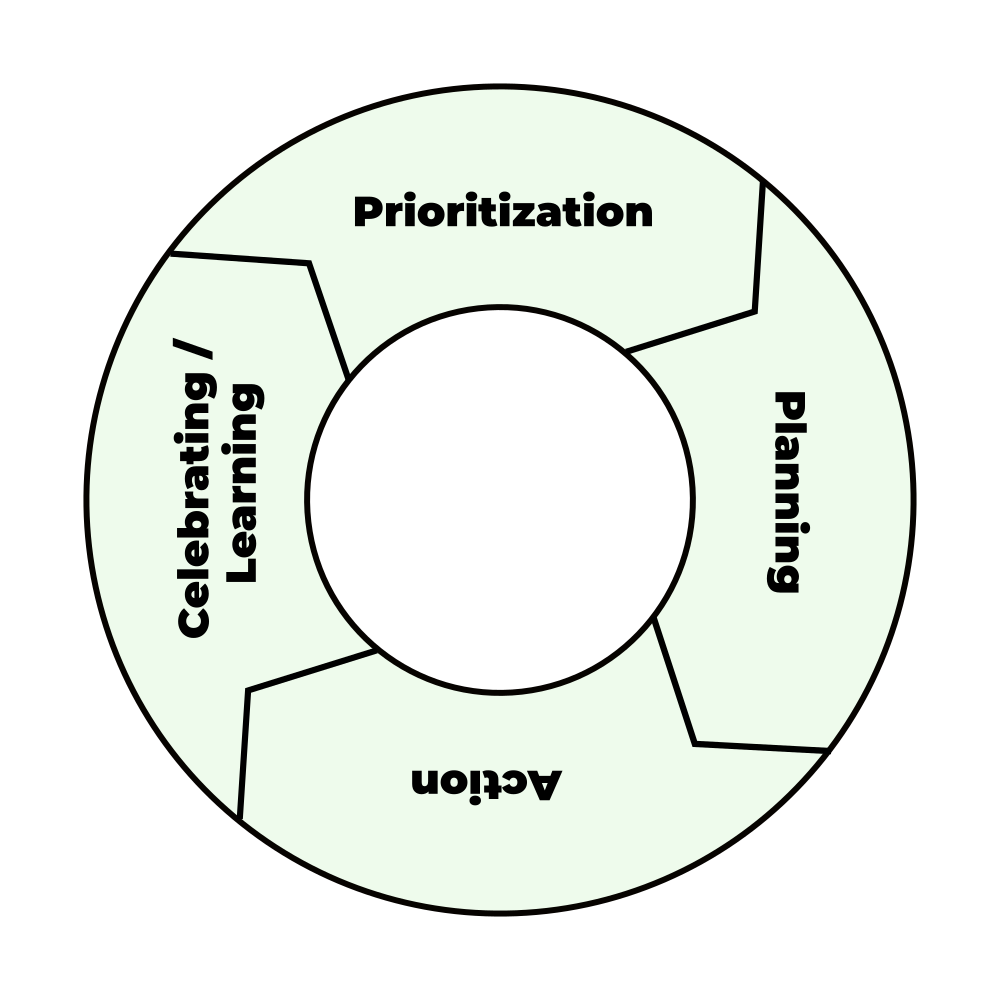The Cycle of Long-term Success
AIDAS BENDORAITIS / MAY 6, 2020
AIDAS BENDORAITIS / MAY 6, 2020
Reading time: 2 minutes.
In my younger days, I was obsessed with finding the formula for happiness and success. Why do some people achieve more than others? Why do some people suffer when others enjoy their lives? What is the secret of some people’s advantage against some others? What do successful people do differently from the poor ones?
At some point, I realized that happiness and success are two different things. Happiness is something that you feel yourself, whereas success is something how others perceive you. There are happy people without significant achievements as well as successful but stressed and depressed people.
Success might be random, like a toss of a coin. That will likely be short-term. Have you heard that 70% of lottery winners spend all their money just in a few years after receiving the big amounts? There has to be something else. Something better than randomness.
As of now, I know that circumstances are one of the factors. But mostly everything depends on the mindset. A human being can change their mind and then be able to change the conditions or adapt to them.
Success happens through forming better habits and sticking to your goals.
As a great thinker and author, James Clear, once tweeted
There are 3 primary drivers of results in life:
1) Your luck (randomness).
2) Your strategy (choices).
3) Your actions (habits).Only 2 of the 3 are under your control.
But if you master those 2, you can improve the odds that luck will work for you rather than against you.
Did you notice that in life, everything happens in cycles?
I want to introduce you to the cycle of long-term success as I see it today.

Everything begins with prioritization. It can be some productive work using mind mapping, TODO lists, decision matrixes, and other tools. It can be something that you do intuitively or meditatively in your head. Or it can be something that your managers and bosses do for you.
Then there is planning. It’s dividing big tasks into small ones, assigning time for different tasks, deciding who will do what, choosing appropriate tools. Maybe you’ll also be using Trello, Monday, or Clubhouse, to name a few.
Now it’s time for action. Do what you have to do to move towards your goal. Try to make progress. Try to fit the timetable. Remove all the bottlenecks. Make that call. Write that email. Create that masterpiece. Travel to that destination.
The last step of the cycle is celebrating your successes. Or, if your actions failed, you have something from what to learn and improve for the next time.
And the cycle goes on and on again.
Cover photo by Grant Ritchie